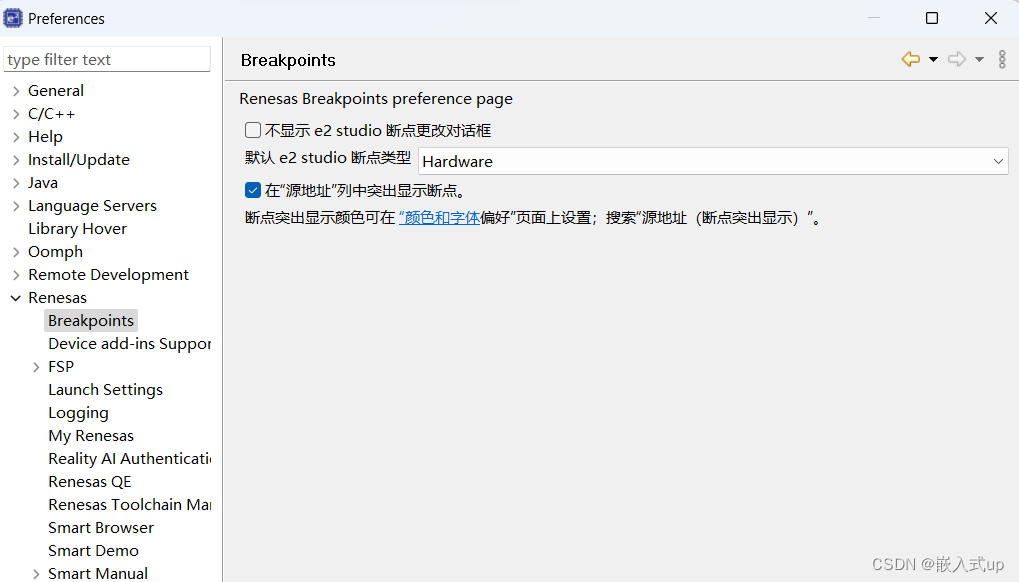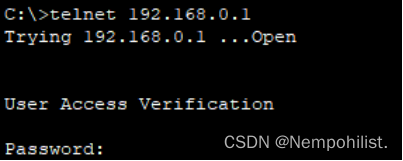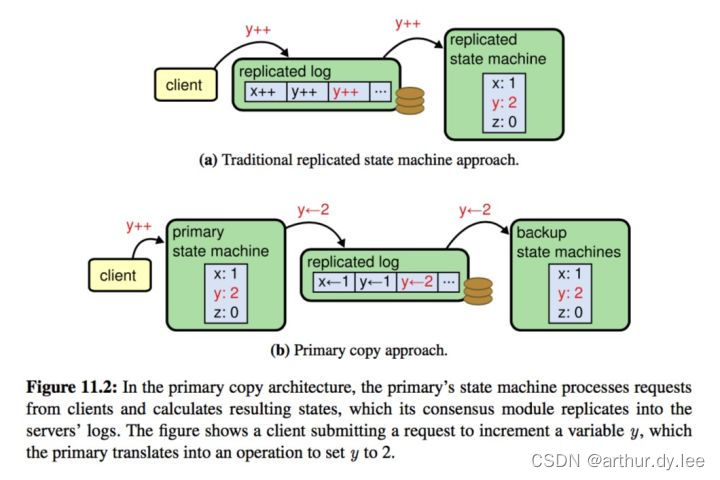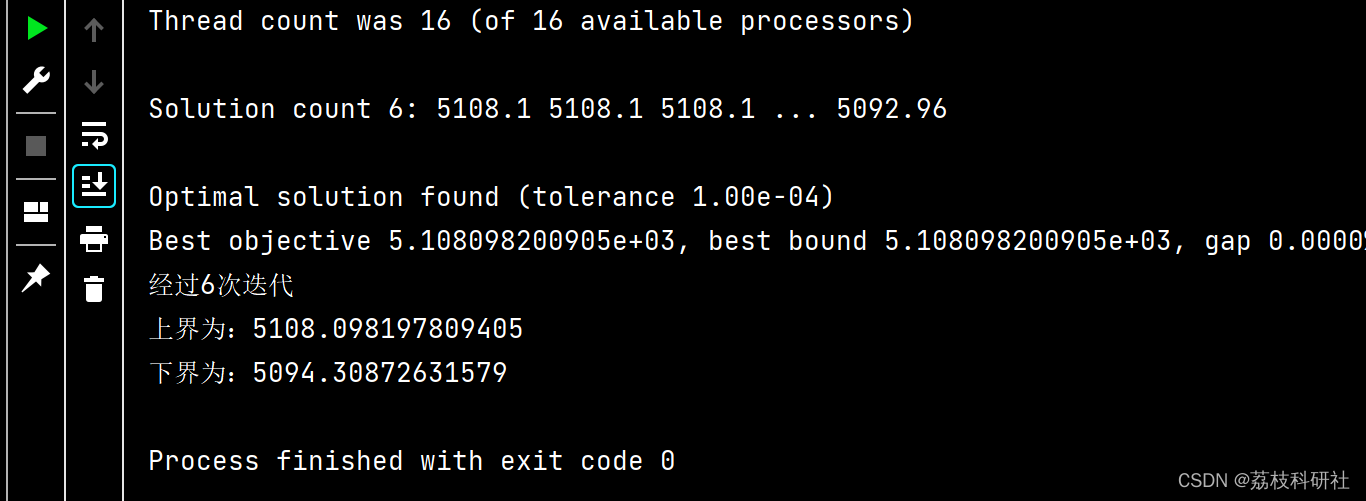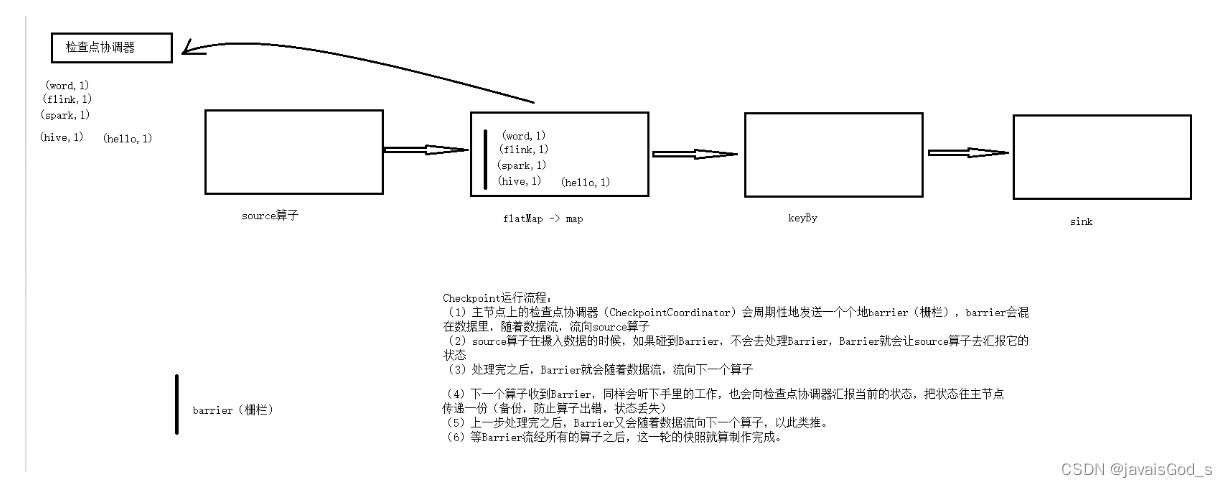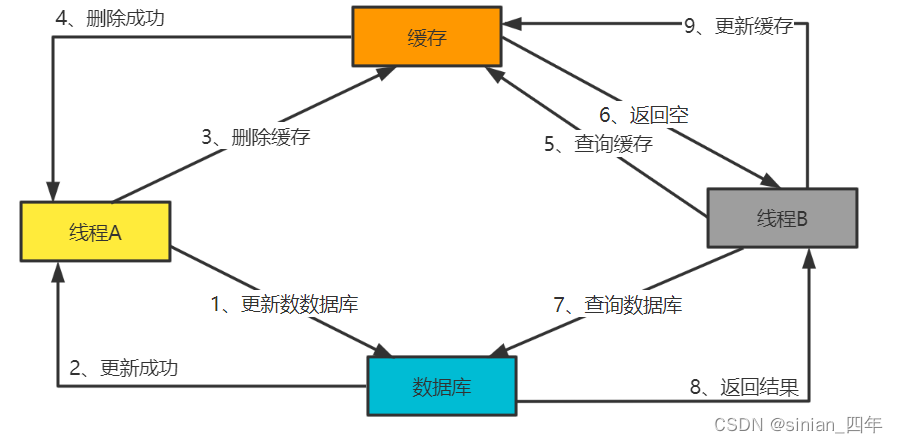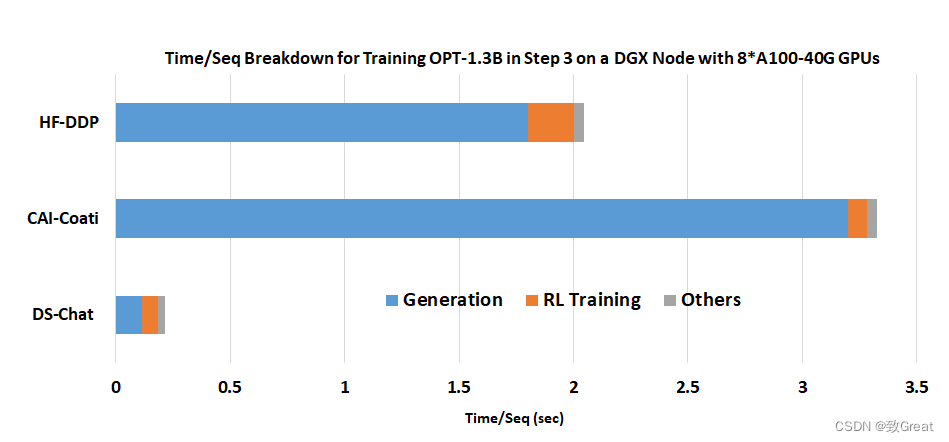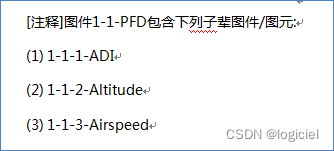介绍
ArrayList 是最常用的 List 实现类,内部是通过数组实现的,它允许对元素进行快速随机访问。数组的缺点是每个元素之间不能有间隔,当数组大小不满足时需要增加存储能力,就要将已经有数组的数据复制到新的存储空间中。当从 ArrayList 的中间位置插入或者删除元素时,需要对数组进行复制、移动、代价比较高。因此,它适合随机查找和遍历,不适合插入和删除。 ArrayList继承于AbstractList类,实现了List接口;他是一个数组队列,提供了相关的添加、删除、遍历的功能。 ArrayList实现了RandomAccess接口,说明其提供了随机访问的功能;RandomAccess接口是一个标记接口,用以标记实现的List集合具备快速随机访问的能力。所有的List实现都支持随机访问的,只是基于基本结构的不同,实现的速度不同罢了,这里的快速随机访问,那么就不是所有List集合都支持了。 ArrayList基于数组实现,数组带下标,可以实现常量级的随机访问,复杂度O(1). LinkedList基于链表实现,随机访问需要依靠遍历实现,复杂度为O(n) ArrayList实现了Serializable接口,这意味着ArrayList 支持序列化,能通过序列化去传输。 ArrayList实现了Cloneable接口,能被克隆。 其于Vector不同的是Vector是线程安全的,因此建议在单线程中才使用ArrayList,多线程中使用Vector。
结构图

源码逐行分析
属性
public class ArrayList<E> extends AbstractList<E>
implements List<E>, RandomAccess, Cloneable, java.io.Serializable
{
private static final long serialVersionUID = 8683452581122892189L;
/**
* 默认初始化容量
*/
private static final int DEFAULT_CAPACITY = 10;
/**
* 共享的空对象
*/
private static final Object[] EMPTY_ELEMENTDATA = {};
/**
*一个空对象,如果使用默认构造函数创建,则默认对象内容默认是该值;区分上面的EMPTY_ELEMENTDATA,这个第一次添加add时会膨胀(扩容长度为10)
*/
private static final Object[] DEFAULTCAPACITY_EMPTY_ELEMENTDATA = {};
/**
* 保存添加到ArrayList中的元素。
* ArrayList的容量就是该数组的长度。
* 该值为DEFAULTCAPACITY_EMPTY_ELEMENTDATA 时,当第一次添加元素进入
* ArrayList中时,数组将扩容值DEFAULT_CAPACITY。
* 被标记为transient,在对象被序列化的时候不会被序列化。
*/
transient Object[] elementData; // non-private to simplify nested class access
/**
* 数组长度
* @serial
*/
private int size;
/**
* 最大数组容量
*/
private static final int MAX_ARRAY_SIZE = Integer.MAX_VALUE - 8;
复制代码有参构造函数
带int的有参
如果参数大于0则建立参数大小容量的数组 如果参数等于0则建立空数组 其它非法情况,抛异常
/**
* Constructs an empty list with the specified initial capacity.
*
* @param initialCapacity the initial capacity of the list
* @throws IllegalArgumentException if the specified initial capacity
* is negative
*/
public ArrayList(int initialCapacity) {
if (initialCapacity > 0) {
this.elementData = new Object[initialCapacity];
} else if (initialCapacity == 0) {
this.elementData = EMPTY_ELEMENTDATA;
} else {
throw new IllegalArgumentException("Illegal Capacity: "+
initialCapacity);
}
}
复制代码带Collection对象的有参构造函数
如果Collection的长度大于0且Collection的类型为ArrayList.class,则直接赋值给成员属性elementData 如果Collection的长度大于0且Collection的类型不为ArrayList.class,则利用Arrays.copyOf方式赋值给elementData 如果Collection的长度等于0,则直接创建空数组
/**
* Constructs a list containing the elements of the specified
* collection, in the order they are returned by the collection's
* iterator.
*
* @param c the collection whose elements are to be placed into this list
* @throws NullPointerException if the specified collection is null
*/
public ArrayList(Collection<? extends E> c) {
Object[] a = c.toArray();
if ((size = a.length) != 0) {
if (c.getClass() == ArrayList.class) {
elementData = a;
} else {
elementData = Arrays.copyOf(a, size, Object[].class);
}
} else {
// replace with empty array.
elementData = EMPTY_ELEMENTDATA;
}
}
复制代码无参构造函数
使用默认的空数组
/**
* Constructs an empty list with an initial capacity of ten.
*/
public ArrayList() {
this.elementData = DEFAULTCAPACITY_EMPTY_ELEMENTDATA;
}
复制代码方法
trimToSize
trimToSize() 方法用于将动态数组中的容量调整为数组中的元素个数。
public void trimToSize() {
modCount++;
if (size < elementData.length) {
elementData = (size == 0)
? EMPTY_ELEMENTDATA
: Arrays.copyOf(elementData, size);
}
}
复制代码ensureCapacity
同样是修改动态数组的大小,但入参是最小容量。
public void ensureCapacity(int minCapacity) {
int minExpand = (elementData != DEFAULTCAPACITY_EMPTY_ELEMENTDATA)
// any size if not default element table
? 0
// larger than default for default empty table. It's already
// supposed to be at default size.
: DEFAULT_CAPACITY;
if (minCapacity > minExpand) {
ensureExplicitCapacity(minCapacity);
}
}
private void ensureExplicitCapacity(int minCapacity) {
modCount++;
// overflow-conscious code
if (minCapacity - elementData.length > 0)
grow(minCapacity);
}
private void grow(int minCapacity) {
// overflow-conscious code
int oldCapacity = elementData.length;
int newCapacity = oldCapacity + (oldCapacity >> 1);
if (newCapacity - minCapacity < 0)
newCapacity = minCapacity;
if (newCapacity - MAX_ARRAY_SIZE > 0)
newCapacity = hugeCapacity(minCapacity);
// minCapacity is usually close to size, so this is a win:
elementData = Arrays.copyOf(elementData, newCapacity);
}
复制代码size
public int size() {
return size;
}
复制代码isEmpty
public boolean isEmpty() {
return size == 0;
}
复制代码contains
如果传null,会返回第一个元素为null的索引; 如果传值,会返回第一个元素为该值的索引; 否则返回-1
public boolean contains(Object o) {
return indexOf(o) >= 0;
}
public int indexOf(Object o) {
if (o == null) {
for (int i = 0; i < size; i++)
if (elementData[i]==null)
return i;
} else {
for (int i = 0; i < size; i++)
if (o.equals(elementData[i]))
return i;
}
return -1;
}
复制代码lastIndexOf
如果传null,会返回最后一个元素为null的索引; 如果传值,会返回最后一个元素为该值的索引; 否则返回-1
public int lastIndexOf(Object o) {
if (o == null) {
for (int i = size-1; i >= 0; i--)
if (elementData[i]==null)
return i;
} else {
for (int i = size-1; i >= 0; i--)
if (o.equals(elementData[i]))
return i;
}
return -1;
}
复制代码clone
利用Arrays.copyOf创建新的动态数组
public Object clone() {
try {
ArrayList<?> v = (ArrayList<?>) super.clone();
v.elementData = Arrays.copyOf(elementData, size);
v.modCount = 0;
return v;
} catch (CloneNotSupportedException e) {
// this shouldn't happen, since we are Cloneable
throw new InternalError(e);
}
}
复制代码get
public E get(int index) {
rangeCheck(index);
return elementData(index);
}
//检查下标是否越界
private void rangeCheck(int index) {
if (index >= size)
throw new IndexOutOfBoundsException(outOfBoundsMsg(index));
}
复制代码set
确保set的位置小于当前数组的长度(size)并且大于0,获取指定位置(index)元素,然后放到oldValue存放,将需要设置的元素放到指定的位置(index)上,然后将原来位置上的元素oldValue返回给用户。
public E set(int index, E element) {
rangeCheck(index);
E oldValue = elementData(index);
elementData[index] = element;
return oldValue;
}
//检查下标是否越界
private void rangeCheck(int index) {
if (index >= size)
throw new IndexOutOfBoundsException(outOfBoundsMsg(index));
}
复制代码add(在末尾添加元素)
在数组的末尾添加元素 总结:
- 按顺序添加元素
- 如果数组容量不足,则至少扩容到原数组容量的1.5倍
- 如果扩容后大于Integer.MAX_VALUE - 8,则直接把新的数组设置容量为Integer的最大值
public boolean add(E e) {
ensureCapacityInternal(size + 1); // Increments modCount!!
elementData[size++] = e;
return true;
}
private void ensureCapacityInternal(int minCapacity) {
ensureExplicitCapacity(calculateCapacity(elementData, minCapacity));
}
private void ensureExplicitCapacity(int minCapacity) {
//记录修改次数+1
modCount++;
// overflow-conscious code
//如果当前数组容量不足则调用grow方法扩容
if (minCapacity - elementData.length > 0)
grow(minCapacity);
}
private void grow(int minCapacity) {
// overflow-conscious code
//记录旧数组的长度
int oldCapacity = elementData.length;
//新数组的长度为旧数组的1.5倍
int newCapacity = oldCapacity + (oldCapacity >> 1);
//扩容后还小于入参,则直接赋值为入参
if (newCapacity - minCapacity < 0)
newCapacity = minCapacity;
//如果大于Integer.MAX_VALUE - 8,则设置为Integer的最大值
if (newCapacity - MAX_ARRAY_SIZE > 0)
newCapacity = hugeCapacity(minCapacity);
// minCapacity is usually close to size, so this is a win:
//拷贝复制
elementData = Arrays.copyOf(elementData, newCapacity);
}
private static int hugeCapacity(int minCapacity) {
if (minCapacity < 0) // overflow
throw new OutOfMemoryError();
return (minCapacity > MAX_ARRAY_SIZE) ?
Integer.MAX_VALUE :
MAX_ARRAY_SIZE;
}
复制代码add(在指定位置添加元素)
public void add(int index, E element) {
//检查入参合法性
rangeCheckForAdd(index);
//检查并进行扩容
ensureCapacityInternal(size + 1); // Increments modCount!!
//从index索引开始,所有元素向后挪一位,为新元素腾出位置
System.arraycopy(elementData, index, elementData, index + 1,
size - index);
elementData[index] = element;
size++;
}
private void rangeCheckForAdd(int index) {
if (index > size || index < 0)
throw new IndexOutOfBoundsException(outOfBoundsMsg(index));
}
复制代码add(添加一个集合元素)
将新数组中的元素按顺序添加到数组末尾
public boolean addAll(Collection<? extends E> c) {
Object[] a = c.toArray();
int numNew = a.length;
//检查容量并扩容
ensureCapacityInternal(size + numNew); // Increments modCount
//添加新的元素
System.arraycopy(a, 0, elementData, size, numNew);
size += numNew;
return numNew != 0;
}
复制代码add(在指定位置添加集合元素)
public boolean addAll(int index, Collection<? extends E> c) {
//检查参数合法性
rangeCheckForAdd(index);
Object[] a = c.toArray();
int numNew = a.length;
//检查容量并扩容
ensureCapacityInternal(size + numNew); // Increments modCount
int numMoved = size - index;
//元素向后挪numNew位
if (numMoved > 0)
System.arraycopy(elementData, index, elementData, index + numNew,
numMoved);
//将新的集合添加到数组中
System.arraycopy(a, 0, elementData, index, numNew);
size += numNew;
return numNew != 0;
}
复制代码remove(删除指定位置的元素)
public E remove(int index) {
//检查索引合法性
rangeCheck(index);
modCount++;
E oldValue = elementData(index);
int numMoved = size - index - 1;
//如果索引不是在数组末尾,则从索引index+1开始,每个元素往前挪一位
if (numMoved > 0)
System.arraycopy(elementData, index+1, elementData, index,
numMoved);
//设置末尾元素为null
elementData[--size] = null; // clear to let GC do its work
return oldValue;
}
复制代码remove(删除指定元素)
public boolean remove(Object o) {
if (o == null) {//删除数组中为null的元素
for (int index = 0; index < size; index++)
if (elementData[index] == null) {
fastRemove(index);
return true;
}
} else {//删除数组中的指定元素
for (int index = 0; index < size; index++)
if (o.equals(elementData[index])) {
fastRemove(index);
return true;
}
}
return false;
}
//index+1索引开始的元素往前挪一位
private void fastRemove(int index) {
modCount++;
int numMoved = size - index - 1;
if (numMoved > 0)
System.arraycopy(elementData, index+1, elementData, index,
numMoved);
elementData[--size] = null; // clear to let GC do its work
}
复制代码removeAll
从该列表中删除指定集合中包含的所有元素
public boolean removeAll(Collection<?> c) {
Objects.requireNonNull(c);
return batchRemove(c, false);
}
private boolean batchRemove(Collection<?> c, boolean complement) {
final Object[] elementData = this.elementData;
int r = 0, w = 0;
boolean modified = false;
try {
for (; r < size; r++)
// complement为true时,求并集;complement为false时,求差集
if (c.contains(elementData[r]) == complement)
elementData[w++] = elementData[r];
} finally {
// Preserve behavioral compatibility with AbstractCollection,
// even if c.contains() throws.
if (r != size) {
System.arraycopy(elementData, r,
elementData, w,
size - r);
w += size - r;
}
if (w != size) {
// clear to let GC do its work
for (int i = w; i < size; i++)
elementData[i] = null;
modCount += size - w;
size = w;
modified = true;
}
}
return modified;
}
复制代码retainAll
仅保留此列表中包含在指定集合中的元素。
public boolean retainAll(Collection<?> c) {
Objects.requireNonNull(c);
return batchRemove(c, true);
}
private boolean batchRemove(Collection<?> c, boolean complement) {
final Object[] elementData = this.elementData;
int r = 0, w = 0;
boolean modified = false;
try {
for (; r < size; r++)
// complement为true时,求并集;complement为false时,求差集
if (c.contains(elementData[r]) == complement)
elementData[w++] = elementData[r];
} finally {
// Preserve behavioral compatibility with AbstractCollection,
// even if c.contains() throws.
if (r != size) {
System.arraycopy(elementData, r,
elementData, w,
size - r);
w += size - r;
}
if (w != size) {
// clear to let GC do its work
for (int i = w; i < size; i++)
elementData[i] = null;
modCount += size - w;
size = w;
modified = true;
}
}
return modified;
}

